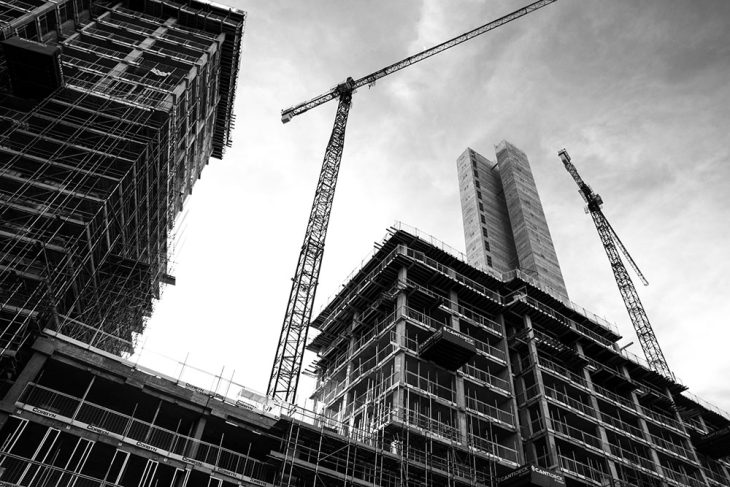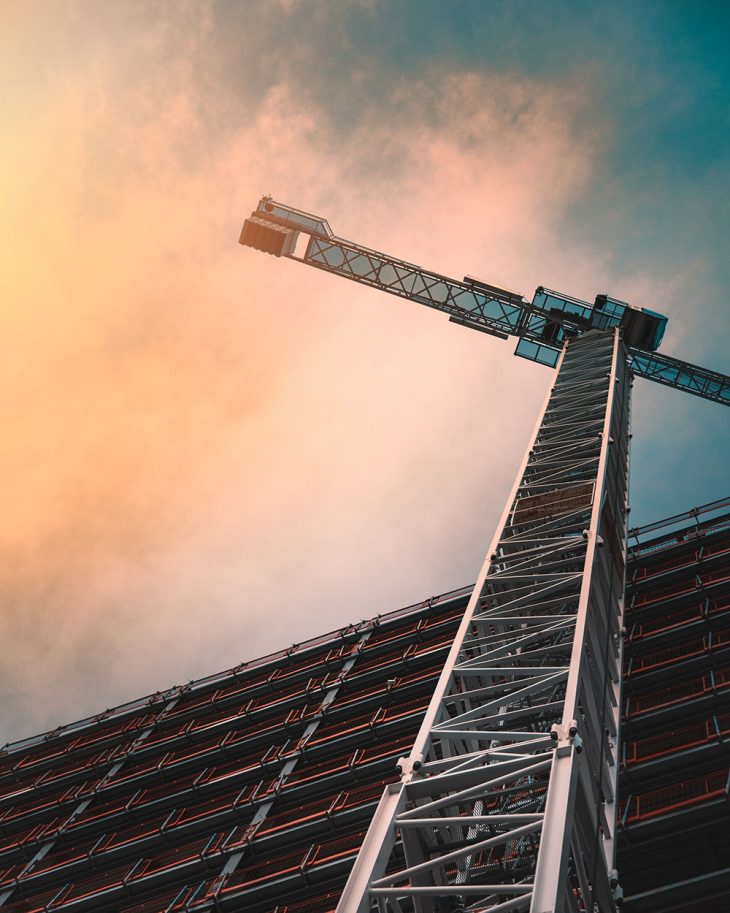
Weather delays can seriously impact a construction project by pushing out the completion date and increasing the cost to your company. Although some adverse weather is predictable, it takes careful planning and communication to ensure a project can accommodate those potentials.
Weather delays are pretty serious and can cause a host of problems on the job site, including:
- Increased labor costs
- Extended equipment rental
- Higher interest penalties
- Cash flow issues
- And more
Here are some tips for reducing the potential for adverse weather to delay your construction project.
-
Include a weather delay clause in your contracts
Weather delays can happen during any project, even in the summer months. Since the weather is always changing and unexpected storms are becoming more common, you can’t assume your project will be spared when it’s warm. This is just one reason to include a weather delay clause in your contracts.
Your contract is a legally-binding agreement, but it also sets the tone for how you’ll handle situations, including misunderstandings and conflict. Whenever a conflict arises, you can refer to your contract to clear up those misunderstandings and proceed according to the agreement.
If you don’t include a weather delay clause in your contracts, you won’t have anything to fall back on to say, “this is how we agreed to handle this situation.” Without that previous agreement in place, it’s a toss-up how it will be handled, and unfortunately, those situations can cause serious disagreements. Clients don’t like delays, even when those delays are outside of anyone’s control.
What is considered a normal weather delay?
In your contracts, normal weather won’t really be considered an acceptable excuse for a delay. However, what’s considered normal will vary by area based on the climate.
Hurricanes, for example, are expected in some areas, which can make a hurricane seem like a normal occurrence. However, even though a hurricane is considered normal, clients are likely to accept it as a justifiable excuse for a delay.
Even if there is adverse weather, you’ll need to demonstrate to the client how it impacted the project. If the project could have been completed on time in spite of the bad weather, the impact will all fall on your company.
It can be difficult to anticipate exactly what might happen, but you can always agree to use a reliable weather reference. For instance, refer to the National Oceanic and Atmospheric Administration (NOAA) records to estimate actual weather conditions to incorporate that information during the planning stage.

-
Communicate
Communication is the key to managing potential construction project delays. Although delays can occur unexpectedly, solid communication can mitigate the potential for arguments arising from unmet expectations.
Every problem that occurs from a weather delay has the potential to increase the cost of a project significantly, which will decrease your profit margin. So, communicate early and often.
Communicate with the client when they push out the project
Sometimes, a client will request a delay that pushes their project out by weeks or months. If that extension pushes the project into hurricane season, for example, make sure they understand that they’ll be financially responsible for costs that come from weather delays.
Also, be sure the client knows they’re responsible for maintaining the property if they push the project out and there is bad weather like heavy rain or flooding.
-
Be prepared to eat the cost of delays
There will be times when weather delays won’t excuse a deadline and your company will need to eat the extra costs. Be prepared for these situations because they aren’t always predictable or avoidable.
Although being prepared to eat extra costs won’t mitigate the actual impact of weather delays, being prepared will help you manage the situation gracefully.
-
Get creative
Nature will do what nature does, but that doesn’t mean you can’t find creative ways to protect your construction project. For example, you can lay concrete blocks in the rain if you set up a frame with plastic sheeting.
The Seattle Times reported on a homebuilder who figured out how to use an inflatable structure to keep his projects running smoothly in the rain. The structure was designed to cover a tennis court, and he used it to keep his projects dry during the rainy season.
Communication and documentation are the keys
Although delays are sometimes unavoidable, the impact of weather delays can be mitigated through communication.
Make sure your contracts explicitly state what will happen during an adverse weather delay and how you’ll handle predictable situations. A strong contract with a clearly-defined adverse weather clause will be an asset if you have a disagreement or ever end up in court.



